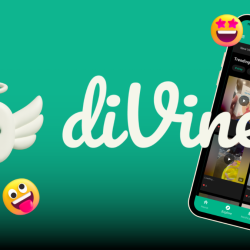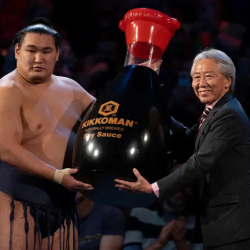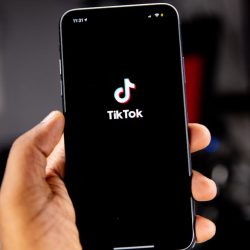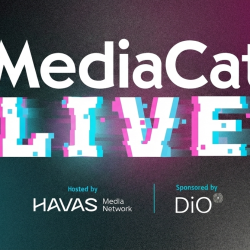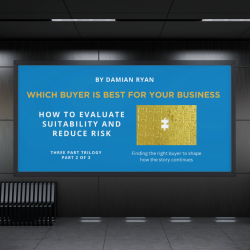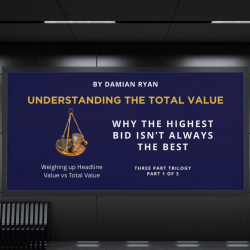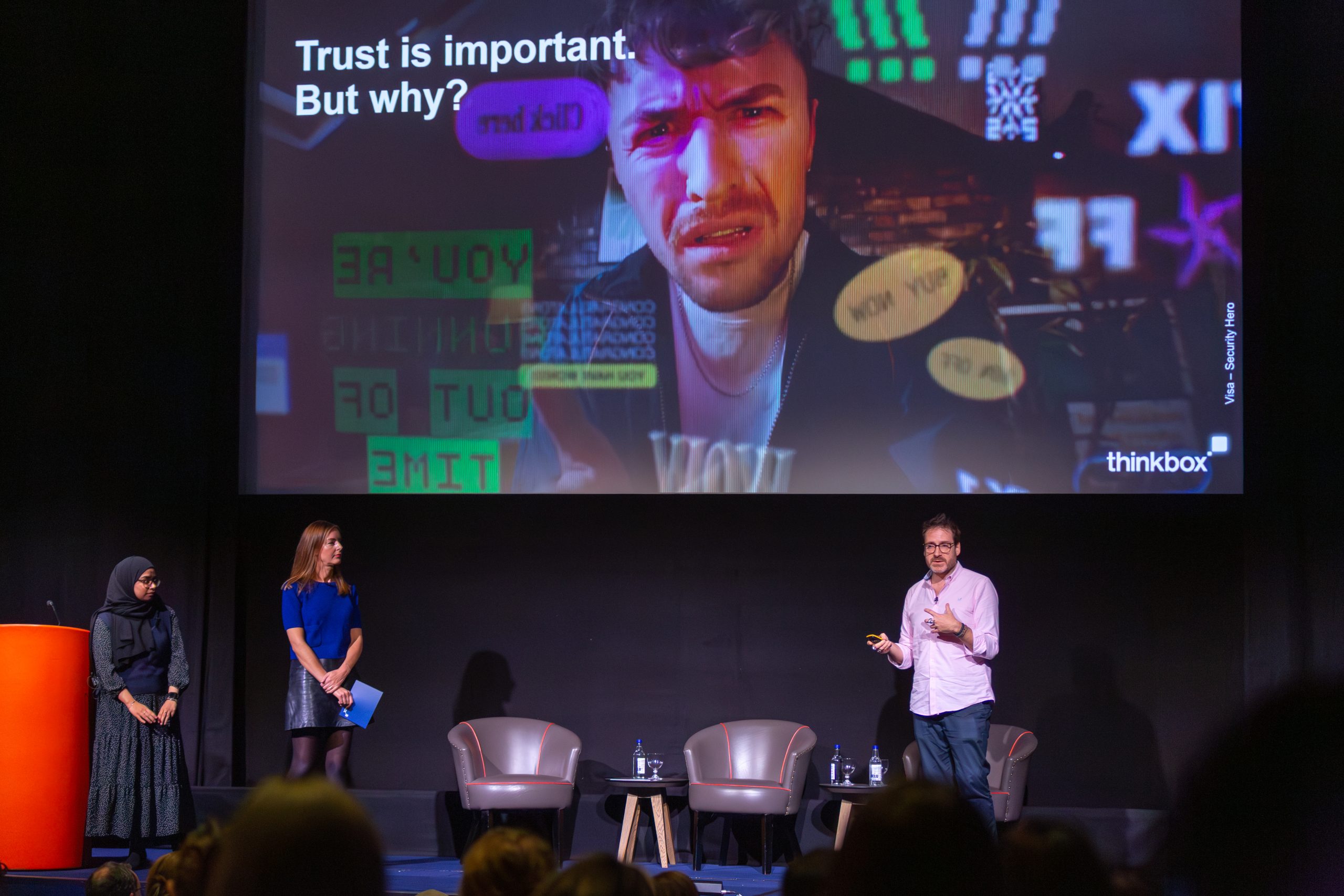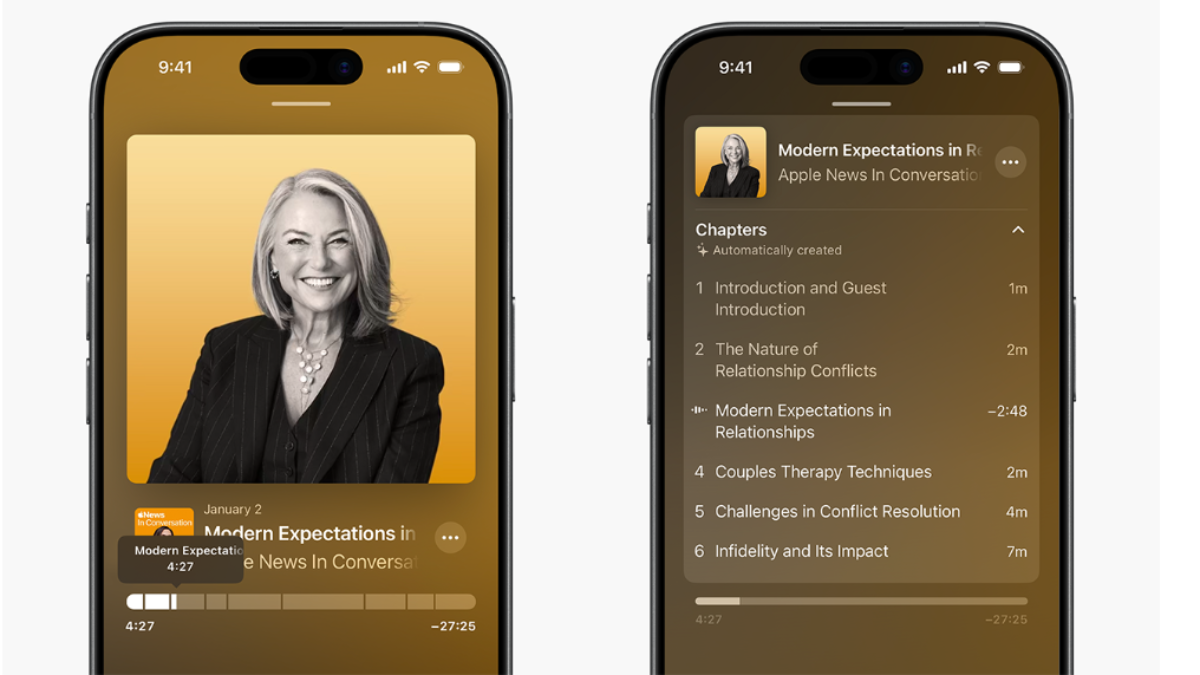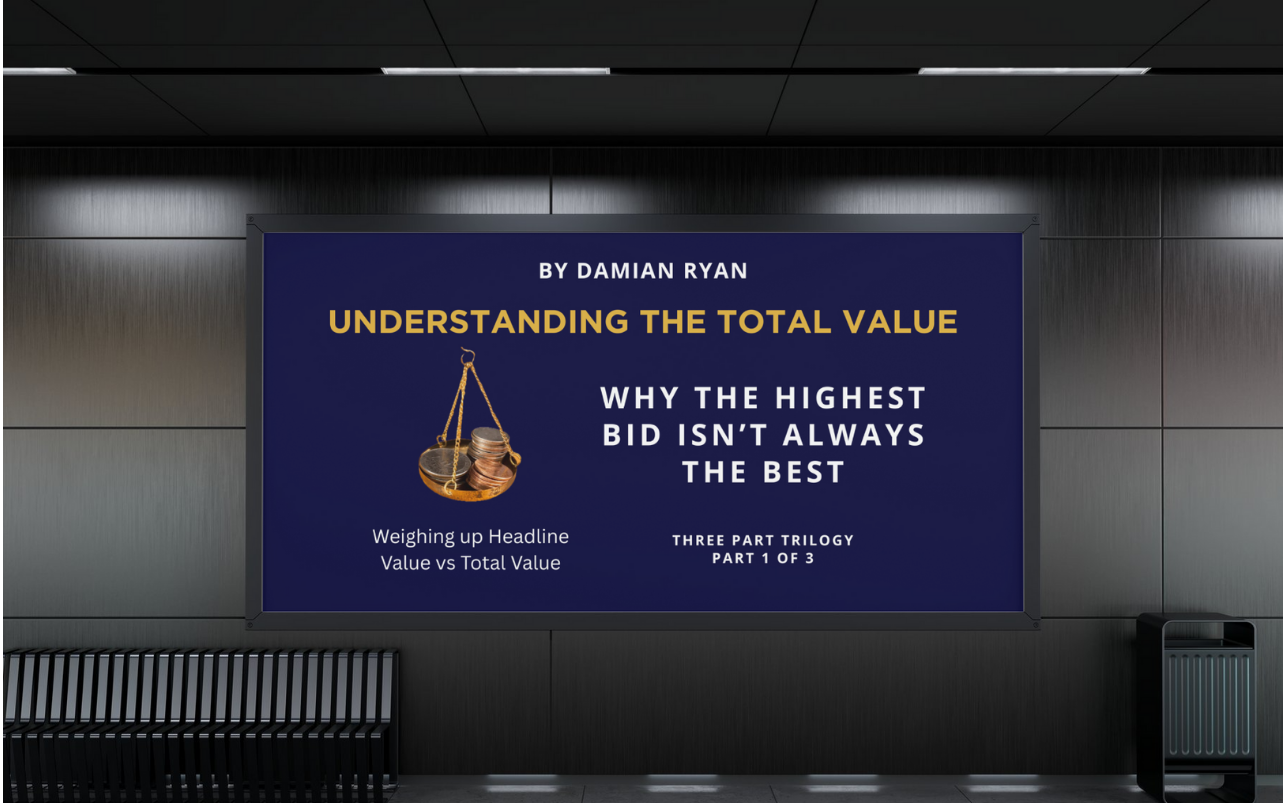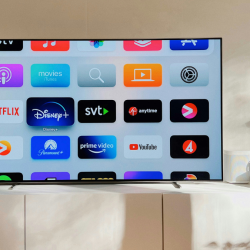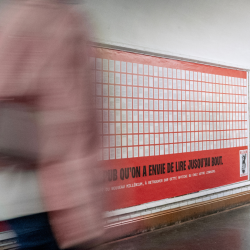In February, WPP’s outgoing CEO, Mark Read, described 2025 as the ‘year of execution’. Halfway through, his words sound dangerously prophetic.
The holding company released its H1 results this morning. No crystal ball was needed here, a bleak July trading update had already lowered expectations.
Revenue fell 7.8% year-on-year to £6.66 billion, with revenue less pass-through costs down 4.3% on a like-for-like basis. In Q2 alone, revenue less pass-through costs dropped 12.6% on a reported basis and 5.8% like-for-like.
Reported operating profit slumped to £221 million, a 47.8% fall, dragged down by a £116 million goodwill impairment following the separation of AKQA and Grey. Headline operating profit (excluding the impairment) fell 36.2% to £413 million.
But the harshest blows came further down the income statement. Profit before tax collapsed 71%, dropping to just £98 million from £338 million the year prior. Earnings per share fell nearly 80% from 18.8p to 4.0p year-on-year.
Shares hit a 16-year low following the release, down around 40% over the past 12 months.
The deterioration was not restricted to one region. North America — WPP’s largest market — declined 2.4% in H1 and 4.6% in Q2. The UK fell 6% for the half. Western Continental Europe and the Rest of the World both posted mid-single-digit declines. India remained largely flat for H1 but contracted 3.9% in Q2. China continued to be a significant drag, tumbling 16.6% in the first half.
In his final earnings report as CEO, Read acknowledged the first half had been ‘challenging’, blaming it on tighter client spending and a slower new business environment. WPP itself attributed the downturn to a difficult macro environment.
Still, Read looked to inject optimism, eager to protect his legacy as well as investor reaction. He positioned the company’s investment in AI as a long-term cure.
‘Throughout my seven years as CEO, technological innovation has been a constant’, he said. ‘And I believe that thanks to our investment in AI we can look to the future with confidence.’
He pointed to early signs of progress: a 3.7% reduction in global headcount (down to 104,000), simplified operations, and restructuring within WPP Media — which replaced GroupM earlier this year. It’s now being presented as the heart of a centralised, more responsive AI-driven business model.
WPP Open — its AI powered operating system — is being adopted by more and more clients, according to Read, and the acquisition of InfoSum and launch of Open Intelligence were also singled out as bright spots.
WPP’s future-facing vision is outlined in its recent white paper, The AI-Empowered Agency: Six Principles for a Transformed Future. Among its arguments: the pitch process is dying; speed trumps process; clients demand integrated, multi-skilled teams working seamlessly with AI; and contextual, privacy-first targeting is the new standard.
The report argues that clients are increasingly looking for ‘an overview of AI-driven technological capabilities’ and their ability to ‘deliver time and opportunity cost savings’ when evaluating agencies.
AI, WPP claims, will allow marketing to evolve from a cost centre into a growth engine, directly linking creative and media to business outcomes. Leadership argue WPP is best placed among holding companies to capitalise.
Despite the numbers, there were still some wins in H1 to add credit to the approach. WPP landed media accounts with Electronic Arts, Hisense and Hero Motocorp — showing its vision is appreciated by an assortment of clients.
But the path to real recovery is steep. Publicis continues to dominate the sector, posting strong Q2 results, while Omnicom’s numbers also impressed (though helped by principal-based media). It’s a dangerous time to be frail when the industry itself is waiting to have its future defined.
Critics question whether tools like WPP Open offer real differentiation in a landscape where AI is becoming commodified and broadly available. There’s also the risk that automation leads to further commoditisation of services — making it harder, not easier, to charge premium fees. If the technology fails to deliver measurable creative and commercial gains soon, the company may find itself having bet its future on a solution that solves little.
Things are unlikely to improve in H2. The company expects like-for-like revenue less pass-through costs to fall between 3% and 5% this year. Headline operating profit margins are forecast to decline by 50 to 175 basis points, excluding the impact of FX.
WPP also declared an interim dividend of 7.5p, down from 15p a year earlier, with a full review of capital allocation now in the hands of incoming CEO Cindy Rose, who takes the reins in September.
She inherits the business in a fragile condition. Read announced Rose will helm a full strategic review upon her taking the position. But all signs are that she will lean more into the AI-first approach. Less a bold new direction than a necessity, a risky procedure that must convince investors the patient still has a future.
Main image by Joshua Chehov on Unsplash.

